In the dynamic field of engineering, innovation is the driving force behind progress. From concept to creation, engineers are constantly seeking new technologies to streamline processes, enhance designs, and push the boundaries of what’s possible. One such technology that has revolutionized the engineering landscape is 3D printing. Let’s delve into how 3D printing is reshaping the engineering industry and unlocking new possibilities for prototyping, customization, materials innovation, and real-world applications.
Prototyping and Product Development
In engineering, time is of the essence, and the ability to rapidly prototype and iterate designs is crucial to staying ahead of the curve. With 3D printing technology, engineers can accelerate the product development cycle by quickly turning ideas into physical prototypes. By eliminating the need for traditional manufacturing processes, such as CNC machining or injection molding, 3D printing enables engineers to explore multiple design iterations at a fraction of the time and cost. Whether refining mechanical components, optimizing aerodynamics, or testing structural integrity, 3D printing offers unparalleled flexibility and efficiency in the prototyping phase.
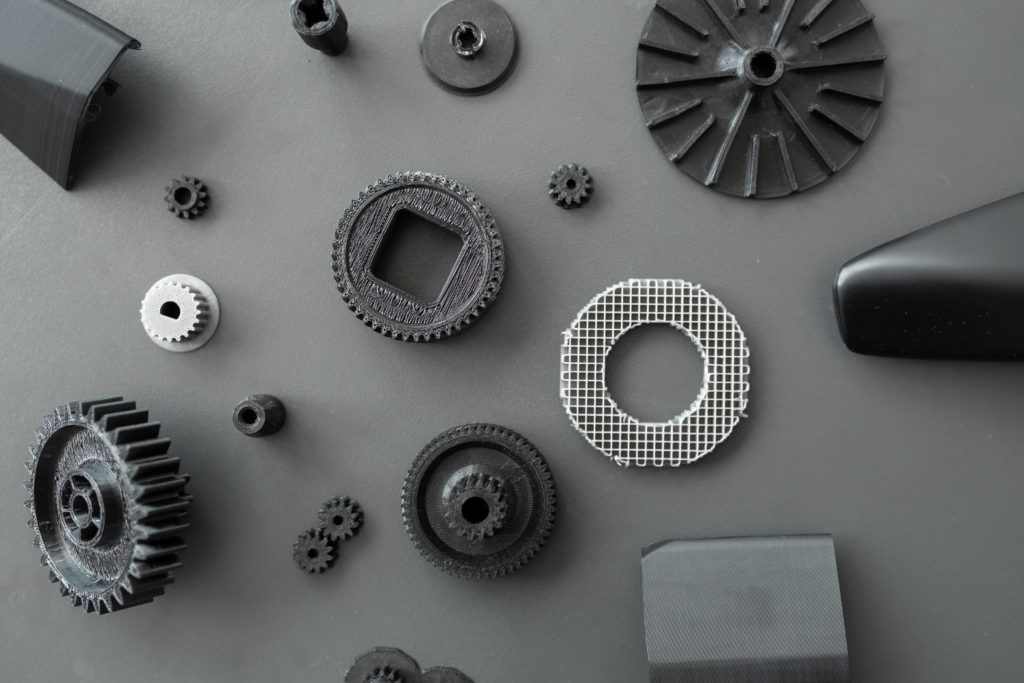
Customization and Personalization
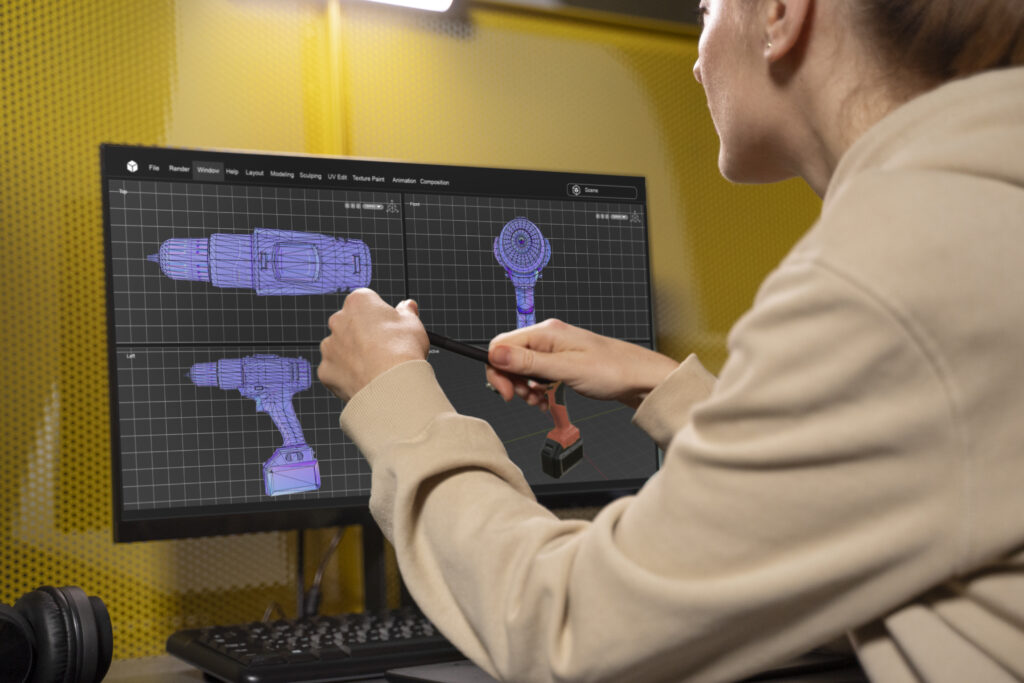
Gone are the days of one-size-fits-all engineering solutions. With 3D printing, engineers have the power to create customized components and products tailored to specific requirements. From ergonomic tool grips to patient-specific medical implants, 3D printing enables engineers to design with the end-user in mind, resulting in products that are not only functional but also optimized for individual needs. This level of customization is revolutionizing industries such as healthcare, where personalized implants and prosthetics are enhancing patient outcomes and quality of life.
Materials Innovation
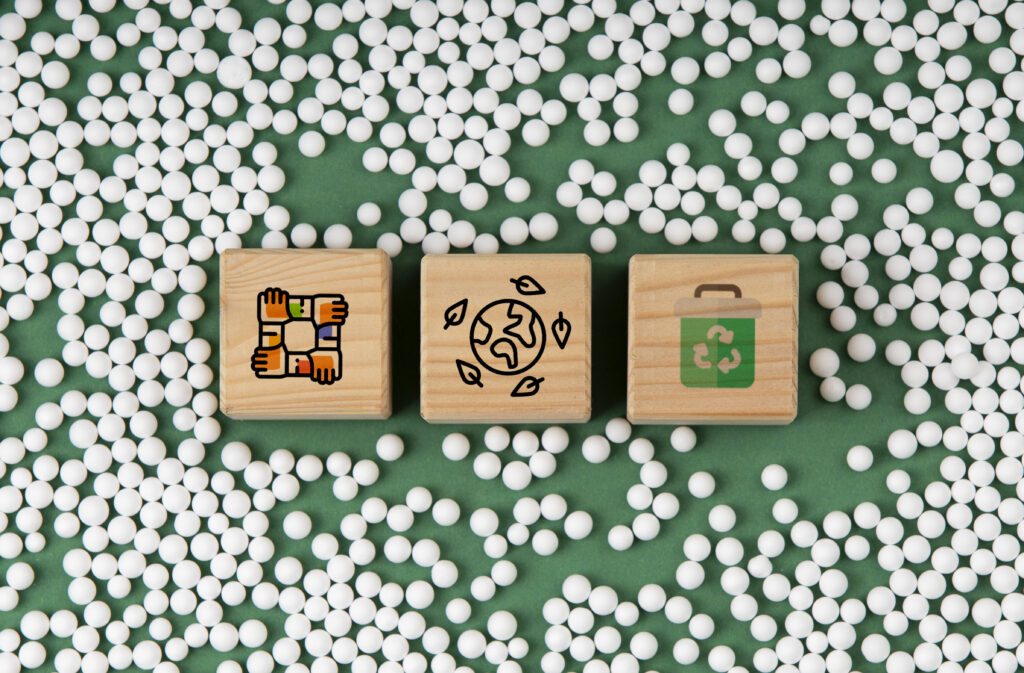
One of the most exciting developments in 3D printing is the continuous innovation in materials. Engineers now have access to a wide range of advanced materials, including high-performance polymers, metal alloys, ceramics, and biocompatible resins. These materials offer unique properties such as strength, durability, heat resistance, and biocompatibility, opening up new possibilities for engineering applications. Whether creating lightweight aerospace components, durable automotive parts, or biodegradable medical devices, the choice of materials is a critical factor in achieving optimal performance and functionality.
Industry Case Studies
In aerospace, automotive, medical, and other engineering sectors, 3D printing is transforming traditional manufacturing processes. For example, companies like Beyond Vision successfully use 3D printing to streamline UAV development, from prototyping to final production. By embracing this technology, Beyond Vision enhances design flexibility and creates more innovative solutions.
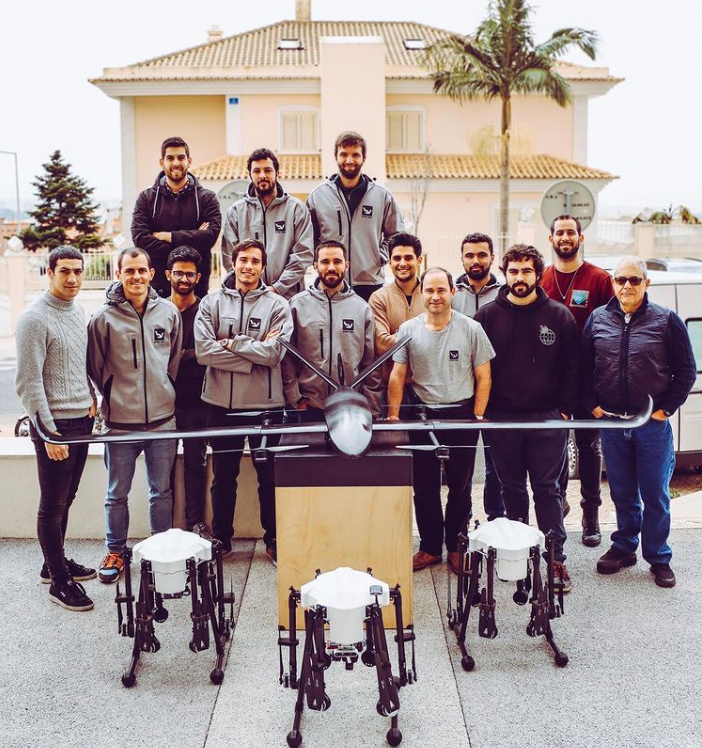
See more Success Stories like Beyond Vision
Why Choose Blocks' Printers for Engineering Applications?
- Precision and Reliability: Blocks’ printers offer unmatched precision and reliability, ensuring high-quality prints for engineering projects.
- Ease of Use: Designed with user-friendly features, Blocks’ printers are accessible to engineers of all skill levels, making the 3D printing process straightforward.
- Versatility: Compatible with a wide range of materials, Blocks’ printers can tackle various engineering projects, from rapid prototyping to production-grade components.
- Cost-Effectiveness: Blocks’ printers offer affordability without compromising on quality, making them an ideal choice for engineering firms.
- Support and Service: Blocks provides dedicated support and service to ensure engineers can rely on their printers for their projects, minimizing downtime and maximizing productivity.
Introducing the Blocks RD50: Redefining Large-Scale Printing
Crafted for professionals seeking versatility and precision, the Blocks RD50 is a game-changer in large-scale 3D printing. With a spacious build volume of 500x500x500mm and an innovative Independent Dual Extrusion (IDEX) system, the RD50 enables rapid prototyping and seamless integration of multiple filaments and colors.
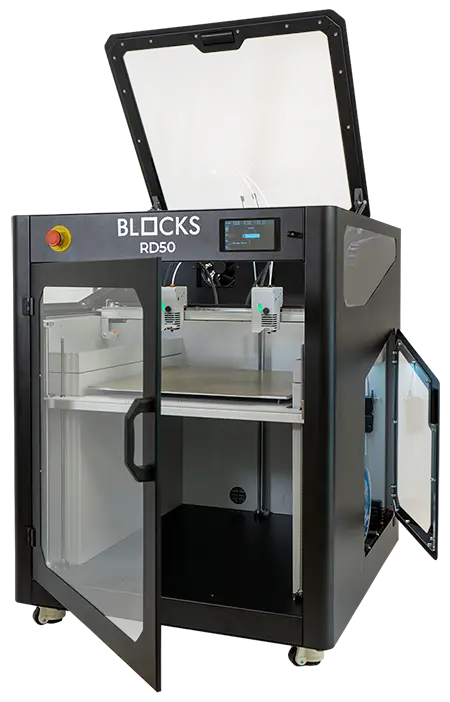
Key Features of the RD50:
- Impressive Build Volume: With a spacious build volume of 500x500x500mm, the RD50 accommodates large-scale printing projects with ease.
- Independent Dual Extrusion (IDEX) System: Featuring a dual X carriage system, the RD50 allows for mirror and duplication modes, expanding design possibilities and increasing production efficiency.
- Heated Chamber: Equipped with a heated chamber reaching temperatures up to 65ºC, the RD50 expands filament compatibility for diverse printing applications.
- Precision Bed Leveling: Featuring True Z Leveling and Auto Bed Leveling, the RD50 ensures meticulous bed alignment for impeccable print quality.
- Versatile Print Cores: Blocks’ print cores enable effortless nozzle changes, offering users flexibility in print quality and duration.
- Sturdy Design: Built with a robust aluminum structure, the RD50 guarantees durability and stability, providing a reliable platform for high-quality prints.
- Safety Measures: With features like an emergency button and RunOut and Flow Filament Sensors, the RD50 prioritizes user safety and prevents print failures.
Crafted in Portugal: The Blocks RD50 is proudly crafted in Portugal, renowned for its commitment to quality craftsmanship and innovation in manufacturing.
Experience the power of large-scale 3D printing with the Blocks RD50 – the ultimate solution for professionals seeking precision, reliability, and ease of use in their 3D printing endeavors.